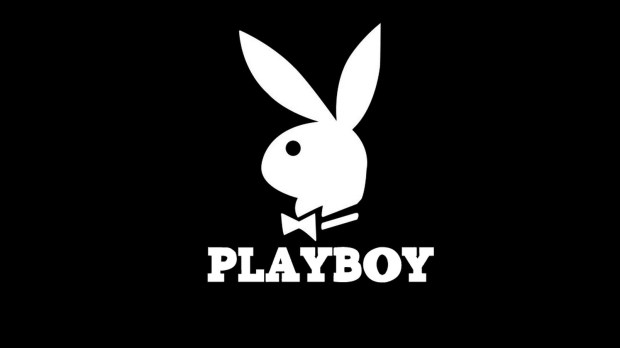Playboy CEO Scott Flanders provoked both outrage and celebration this week—along with a lot of nostalgia—when he announced that starting with the March 2016 issue the world’s most famous porn magazine will no longer publish photos of naked women, describing the magazine’s softcore approach as “passé.”
In a press release and subsequent comments to the New York Times, Flanders explained that the magazine Hugh Hefner founded to make porn use seem normal—even aspirational—to American men was perhaps a victim of a job done too well.
“The political and sexual climate of 1953, the year Hugh Hefner introduced Playboy to the world, bears almost no resemblance to today,” Flanders said. “[T]hat’s in large part thanks to Hef’s heroic mission to expand those freedoms [of sexual expression].”
“That battle [to make pornography mainstream] has been fought and won,” Flanders told the Times. “You’re now one click away from every sex act imaginable for free. And so [nudity is] just passé at this juncture.”
It’s true that Hugh Hefner almost singlehandedly brought pornography into the mainstream with the launch of Playboy. By serving up explicit photos of “the girl next door” alongside more standard men’s periodical fare—car and gadget reviews, liquor and tobacco ads, interviews with celebrities and newsmakers, etc.—Playboy was able to justify its place on mainstream news racks—and in many men’s homes. The consistently high quality of its writing spawned something of a meme: “I read it for the articles,” some men claimed, and at times you almost wondered if they weren’t telling you the truth. Ultimately, the magazine became a cultural icon which, at its peak, boasted roughly five million subscribers and attracted even A-list models and performers to pose nude on its pages in hopes of a career boost.
But despite its “classier” reputation, Playboy was still pornography, and for a great many men who came of age in the 1950s–’90s, it served as their first exposure to the genre—perhaps even their “gateway drug” to harder porn.
Twenty years later the average age of exposure to pornography is eleven, and the content is much more graphic. Teenage boys don’t need a purloined Playboy to see naked women, because teenage girls are now willing to strip down, take pornographic selfies, and send them right to their classmates’ phones. So prevalent is shock porn that today many young men can’t even have normal sex with normal women; they have become so dependent on its extreme stimulation that they can’t perform without it.
Of course Playboy isn’t the only smut source that’s been rendered obsolete by easy-to-access free Internet porn. Just this week, the Hyatt hotel chain announced it would follow the lead of Marriott and Hilton hotels by removing pay-per-view porn from its en suite entertainment offerings. Anti-porn activists were quick to claim victory for Hyatt’s decision, but industry observers suggest that Hyatt simply decided its porn sales were not worth saving when the chain can simply charge $10 or $15 a night for high-speed wifi, and let customers stream anything they want. They lose nothing in this move while gaining positive publicity.
But while hoteliers may be playing sleight-of-hand when it comes to facilitating porn use, Playboy is not. Their plan to ditch nudity in the print magazine is genuine, and it follows a similar decision made last year to make their website more advertiser—and social media—friendly by removing explicit imagery. The company reports that after the website got rid of nude images last August, its number of users quadrupled. Meanwhile, the average age of their visitors dropped from forty-seven to “just over thirty,” meaning they were finally attracting the coveted Millennial market—something they had struggled to do before.
Is it possible that this represents a pendulum swing away from the hypersexualized culture we’ve been living in for the past decade or so? Have liberated humans finally begun to lose their appetite for a constant diet of unfiltered filth?
Maybe, maybe not. But it’s an intriguing development, and one to watch.

